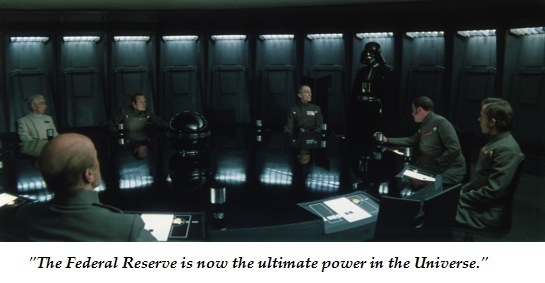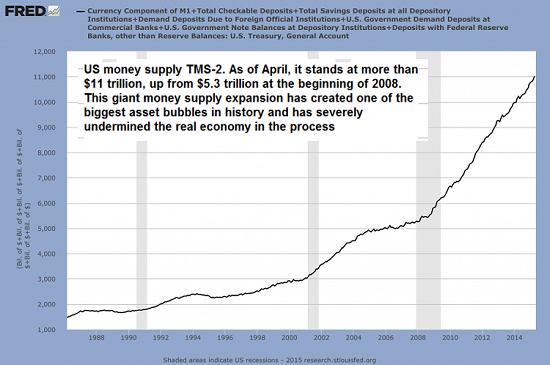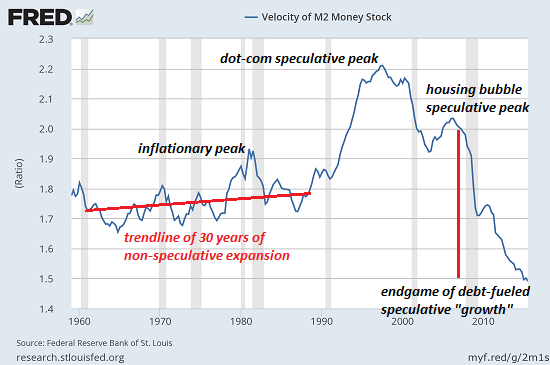
“It is well enough that people of the nation do not understand our banking and monetary system, for if they did, I believe there would be a revolution before tomorrow morning.”
— Henry Ford
“Give me control of a Nation’s money supply, and I care not who makes its laws.”
— M. A. Rothschild
The Federal Reserve Bank (or simply the Fed), is shrouded in a number of myths and mysteries. These include its name, its ownership, its purported independence form external influences, and its presumed commitment to market stability, economic growth and public interest.
The first MAJOR MYTH, accepted by most people in and outside of the United States, is that the Fed is owned by the Federal government, as implied by its name: the Federal Reserve Bank. In reality, however, it is a private institution whose shareholders are commercial banks; it is the “bankers’ bank.” Like other corporations, it is guided by and committed to the interests of its shareholders—pro forma supervision of the Congress notwithstanding.
The choice of the word “Federal” in the name of the bank thus seems to be a deliberate misnomer—designed to create the impression that it is a public entity. Indeed, misrepresentation of its ownership is not merely by implication or impression created by its name. More importantly, it is also officially and explicitly stated on its Website: “The Federal Reserve System fulfills its public mission as an independent entity within government. It is not owned by anyone and is not a private, profit-making institution” [1].
To unmask this blatant misrepresentation, the late Congressman Louis McFadden, Chairman of the House Banking and Currency Committee in the 1930s, described the Fed in the following words:
…click on the above link to read the rest of the article…











 Where the central planers meet. It’s all very Sovietesque, except the furniture isn’t as run-down as it used to be at GOSPLAN
Where the central planers meet. It’s all very Sovietesque, except the furniture isn’t as run-down as it used to be at GOSPLAN

